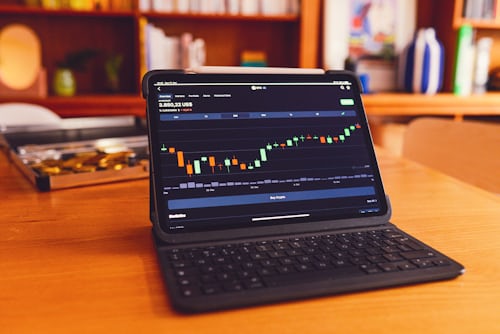The minimum exchange rate of 1.20 francs per euro is a thing of the past. What are the consequences of this decision by the Swiss central bank? Read here the opinion of our expert Stefan Maly, Deputy Head of Investment Strategy at bank.
In September 2011, the Swiss National Bank (SNB) decided to prevent the Swiss franc (CHF) from rising to a level above 1.20 francs per euro. At that time, the economy in Switzerland, which in addition to banks is primarily characterized by tourism and export-oriented corporations, was suffering from the strong appreciation of the franc against the euro.
At the beginning of 2010, one euro cost 1.4844 Swiss francs; in September 2011, the franc appreciated to 1.0298 Swiss francs per euro, an appreciation of 44% against the euro. The result, in addition to weaker economic growth, was the beginning of a prolonged deflation. To counteract this, the SNB lowered the key interest rate to zero in August 2011 and introduced the upper limit for the exchange rate of the Swiss franc to the euro. To defend this ceiling, the SNB regularly bought bonds from the euro currency area against Swiss francs. In August 2011, the SNB's foreign currency reserves stood at CHF 281 billion, rising to CHF 476 billion by November 2014.
During the same period, the SNB's total assets grew from CHF 365 billion to CHF 525 billion, reaching more than 80% of Switzerland's economic output (GDP). For comparison, the balance sheet total of the ECB is currently 17% of the GDP of the euro zone.
Last Thursday, the Swiss National Bank had removed the exchange rate peg of the Swiss franc to the euro. Many market observers assume that the SNB wanted to abandon the cap on the exchange rate of the franc before the ECB will announce the start of its own bond-buying program on Jan. 22. One expected effect of so-called quantitative easing is a falling euro in sg-exness.com. In this case, the SNB would have had to print even more money to defend the exchange rate ceiling.
What are the consequences of this decision?
The end of the pegging of the Swiss franc has a variety of consequences. Companies in Switzerland, which mainly sell their goods abroad, are struggling with falling profits. The most prominent examples are Swatch, Nestle, Novartis and Roche. Due to the strong fluctuations on the foreign exchange markets, some currency brokers around the world have gone bankrupt, including Alpari from Great Britain, or had to accept heavy losses.
Real estate buyers in Poland and Austria have also been affected. In both countries, there are mortgages denominated in Swiss francs worth around CHF 34 billion each. For Austrian debtors, this means that their debts have increased in value by 19% within one day, and for Polish debtors it is even an increase of 21%.
Nevertheless, it can be assumed that the consequences of the free exchange rate of the Swiss franc will be felt primarily in Switzerland.
There will probably not be any significant upheavals on the financial markets outside Switzerland.





